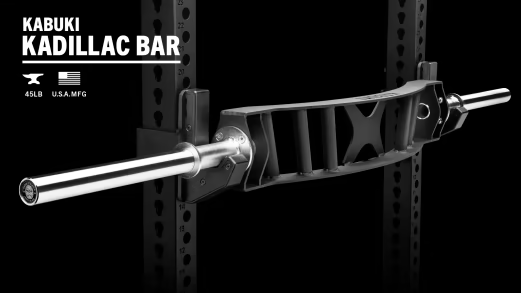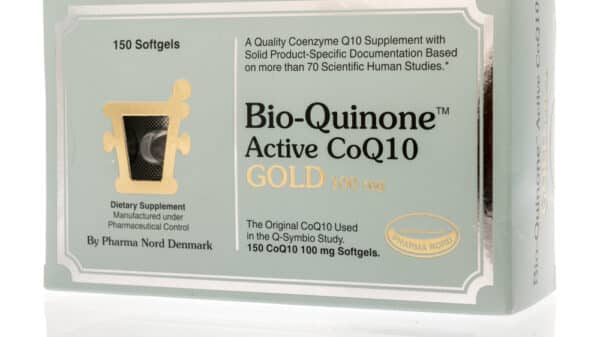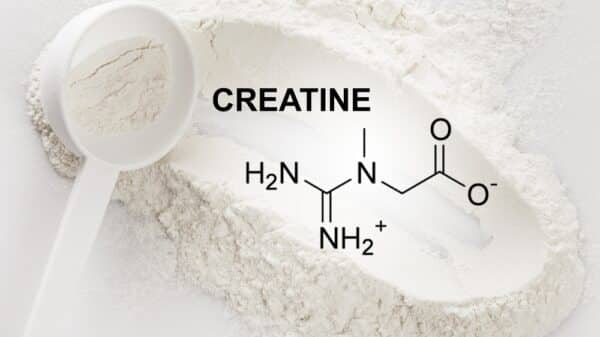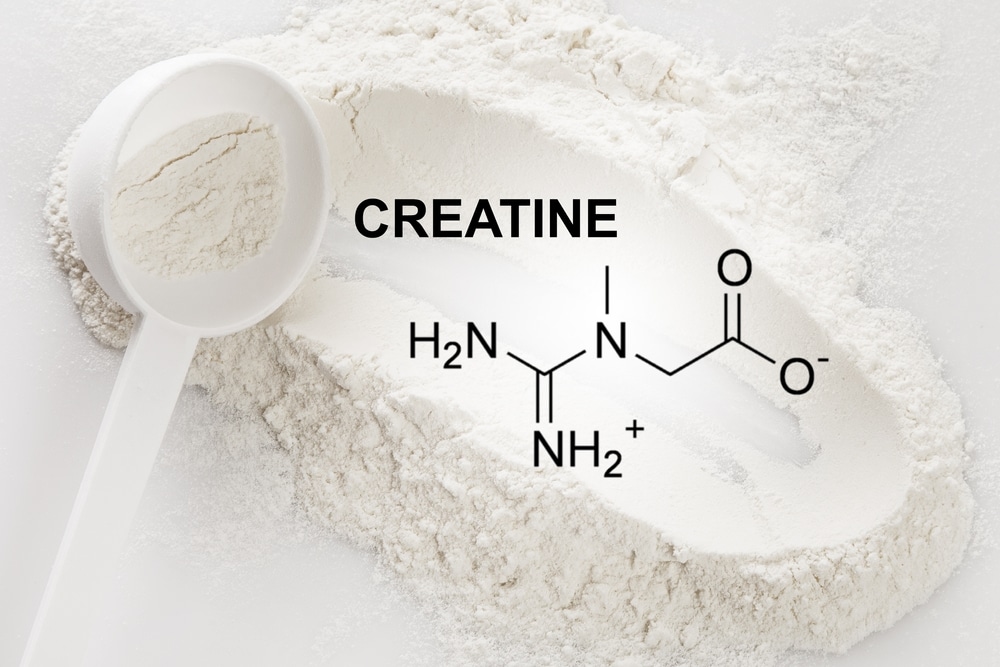When it comes to enhancing muscle development, creatine surfaces as a top contender among fitness enthusiasts. This well-researched supplement is known for its capacity to improve strength, increase power output, and promote lean muscle gains. One pivotal question often arises: When should you take creatine for optimal muscle gains? Is it better taken before or after a workout, or does timing truly impact its effectiveness?
Understanding the Optimal Timing for Creatine Intake
The consensus appears to be that while timing can have a small impact, it’s not the single determining factor for muscle growth. Consistency in daily intake is crucial for muscle saturation over an extended period.
Research published in 2021 notes that taking creatine immediately before or after resistance training may provide slight benefits compared to other times. The underlying mechanisms suggested include:
- Enhanced blood flow (or hyperemia) during and after workouts helps deliver more creatine to muscle tissue.
- Increased Na⁺/K⁺ pump activity during or after exercise assists in transporting creatine into muscle cells.
However, various studies comparing pre- and post-workout creatine consumption often reveal minimal differences, leading many experts to conclude that the focus should be on consistent use rather than precise timing.
Pre-Workout vs. Post-Workout: What the Research Says
While some analyses suggest that consuming creatine post-workout may result in modestly superior body composition outcomes, the discrepancies between various studies make drawing definitive conclusions challenging. The rationale for post-exercise supplementation lies in the fact that muscles are in a recovery state, primed for nutrient uptake.
Evidence from a meta-analysis highlights the advantages of creatine when combined with a post-workout meal containing both carbohydrates and protein. When taken during this nutrient-rich window, the uptake and storage of creatine in muscle tissue are enhanced.
Ultimately, what matters most is integrating creatine into your routine in a manner that aligns with your lifestyle. Whether you choose to take it before or after exercise, what is critical is the daily ritual of supplementation for muscle saturation.
Key Takeaways for Optimal Creatine Absorption
- For best results, consider taking creatine within an hour before or after your workouts.
- Post-workout supplementation coincides with after-exercise recovery and nutrient replenishment.
- Maintain a consistent daily intake to maximize benefits, regardless of the timing of your workouts.
The Role of Food: Should Creatine Be Taken with Meals?
Yes, it’s advisable to take creatine with food, particularly when paired with sources of carbohydrates and protein. Carbs and protein stimulate insulin production, which aids in transporting creatine to muscles effectively.
- While you don’t need to consume a massive carbohydrate load, a balanced post-workout shake or meal featuring 20-40 grams of carbohydrates and around 20 grams of protein can enhance creatine retention.
- Creatine absorption remains effective even on an empty stomach, making it a useful supplement regardless of meal timing.
Consistency is Key: What About Rest Days?
It is essential to continue taking creatine on rest days. Maintaining muscle creatine saturation is vital for sustained benefits. Skipping days can lead to diminished levels and hinder progress.
Many experts recommend a continued daily regimen, emphasizing that even on off days, having creatine available in your system supports recovery and adaptation. Simply incorporate it into your daily routine, regardless of workout status.
Strategies for Effective Creatine Use
1. Choose Quality Creatine
- Opt for creatine monohydrate, which is widely regarded as the gold standard.
- Seek products that have undergone third-party testing to ensure quality.
- Avoid blends that contain additional stimulants or fillers.
2. Understand Your Dosing Strategy
- Consider a loading phase (optional), where you take around 20-25 grams daily in four to five-gram doses over five to seven days for accelerated muscle saturation.
- The maintenance phase involves a daily intake of three to five grams post-saturation.
- Loading isn’t necessary; individuals may opt for a daily intake of three to five grams, achieving saturation over a longer duration.
3. Incorporate into Your Routine
- Consume creatine within 60 minutes of your workout, preferably with a meal that includes protein and carbs to aid absorption.
- On rest days, pair it with your regular meals for consistent intake.
4. Hydration is Crucial
- Stay well-hydrated as creatine draws water into muscle cells.
- Consider splitting your dose if experiencing gastrointestinal discomfort.
5. Cycling Creatine: Is it Necessary?
- Long-term use appears safe for healthy individuals; cycling off is optional.
- If preferred, athletes often take breaks after 8-12 weeks of usage.
6. Track Your Progress
- Monitor strength gains and adjust dosages as necessary, especially for those with higher body weights.
Daily Dosage Recommendations
The following table provides a quick reference for common dosing protocols:
| Phase | Daily Dose | Duration | Notes |
|---|---|---|---|
| Loading (optional) | ~20 g/day (4 × 5 g) | 5-7 days | Speeds up muscle saturation |
| Maintenance | 3-5 g/day | Ongoing | Maintains muscle saturation |
| Minimal effective | ~2-3 g/day | Long-term | Slower saturation but still effective |
A daily intake of around five grams is generally a safe and effective target for most individuals aspiring to increase muscle mass, while larger athletes might benefit from a slightly higher dosage.
Recognizing Risks and Managing Side Effects
Although creatine is renowned for its safety, understanding potential side effects is important.
Common Side Effects
- Water retention may lead to weight gain initially as muscle cells absorb more water.
- Gastrointestinal discomfort may occur but can often be alleviated by splitting the dose.
- Those with kidney concerns should consult with a healthcare provider to assess safety.
Safety Guidelines
- Stick to recommended dosages (3-5 g/day for maintenance).
- Ensure adequate hydration.
- Individuals with pre-existing kidney or liver conditions should seek medical advice before starting supplementation.
Frequently Asked Questions
Does timing truly impact effectiveness?
While timing can provide marginal benefits, consistency in intake is more crucial for maintaining muscle saturations over time.
Is creatine beneficial for cardio workouts?
While creatine is primarily effective for high-intensity efforts, it can be taken before or after cardio sessions without any adverse effects.
Should I exceed five grams for quicker results?
Higher doses typically do not yield proportionate benefits and may heighten gastrointestinal issues. Sticking to recommended amounts is best.
Do I need to cycle off creatine?
Cycling isn’t essential for those in good health; however, some choose to do so for personal preference.
Will creatine harm my kidneys?
Research supports creatine being safe at standard doses, but individuals with kidney issues should consult their physician first.
When can I expect to see results from creatine?
Individuals who undergo a loading phase may notice improvements within one to two weeks, while maintenance dosage users might see changes in three to four weeks.
In summary, taking creatine can be a game-changer for muscle gain. Opt for consistent usage either before or after workouts, and remember to combine it with meals rich in carbohydrates and protein for optimal effectiveness. Maintain your daily intake even on rest days, and always prioritize hydration for the best results.
































